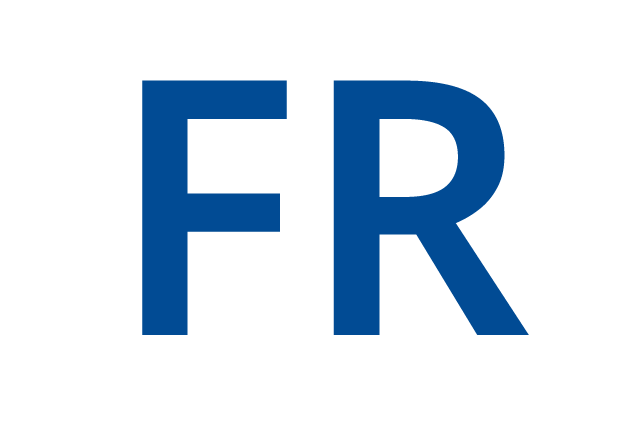
| Personal data | Research themes | Ongoing teaching | Publications |
HAHN Stéphan



Units
This person isn't currently from a units.
Projetcs
This person isn't currently part of a projet.


| Personal data | Research themes | Ongoing teaching | Publications |



This person isn't currently from a units.
This person isn't currently part of a projet.
